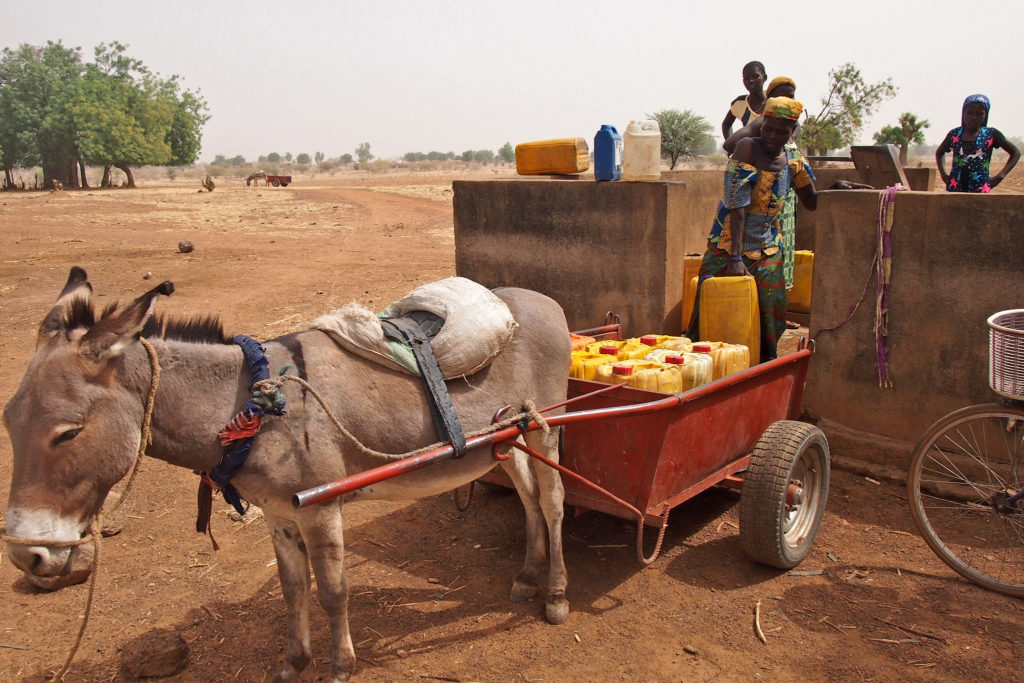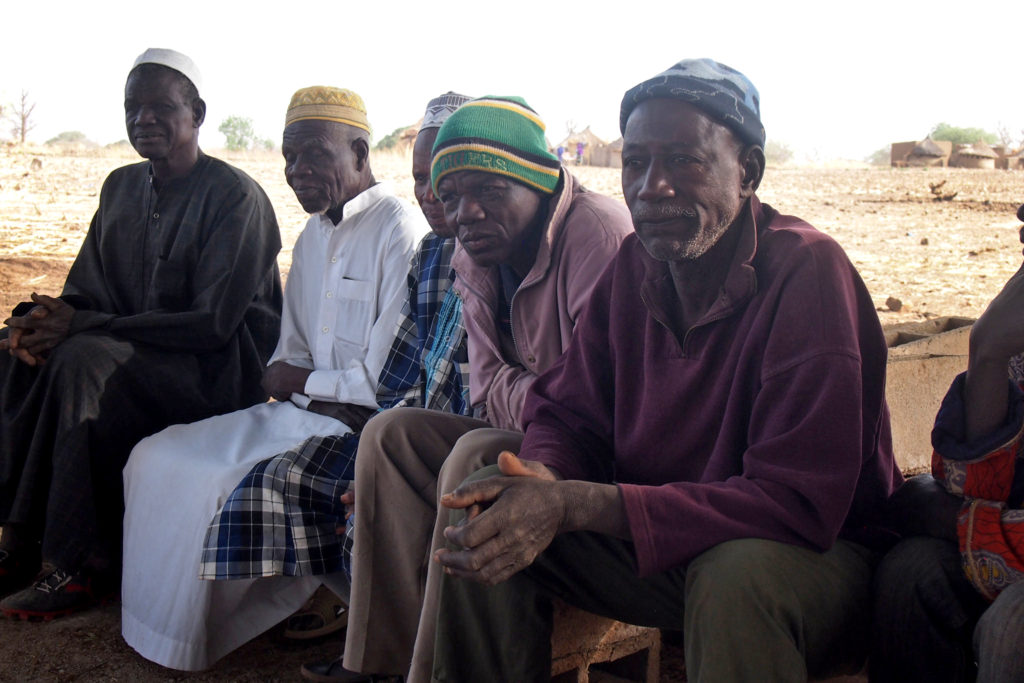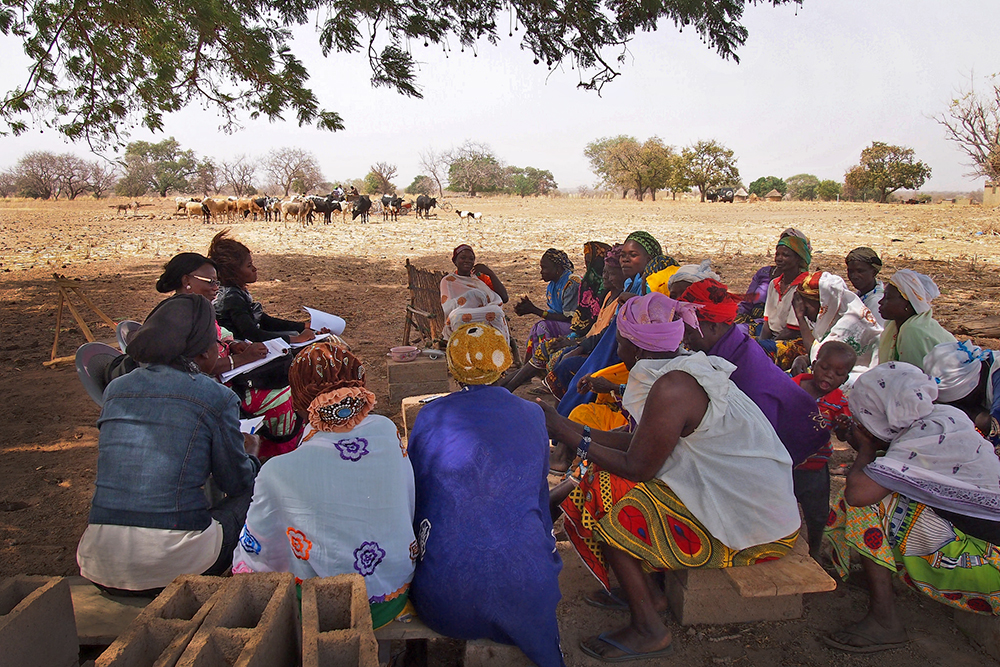Dr Sarah Dickin, Stockholm Environment Institute
Climate change amplifies water security risks
Although terms like ‘climate finance’ or ‘decarbonisation’ mean little to poor people living in Burkina Faso, they are intimately familiar with risks linked to variable climate conditions. Meanwhile, at the global level the climate community is awakening to the adaptation needs of low-income countries. In connection, there is increasing awareness that climate-related challenges threaten progress towards securing safe water and sanitation. This is already obvious for people grappling with prioritising water use for cooking over laundry on a day-to-day basis, and it is clear that water is central to climate change adaptation.
Growing efforts seek to address these challenges, such as through inclusion of water issues in National Adaptation Plans and ‘climate-proofing’ water and sanitation infrastructure. However, is the design and implementation of these adaptation solutions guided by an understanding of differentiated vulnerabilities? In reality, many initiatives have poorly integrated considerations of disadvantaged or marginalised groups, with only one in ten initiatives considering gender[i]. As climate adaptation is increasingly mainstreamed into the water, sanitation and hygiene (WASH) sector, it is important to consider how changes may reinforce existing inequalities relating to obtaining and managing water, such as the unpaid and time-consuming water-collection work done by women and girls in many countries.
 Some women need to collect enough water each day for household use, livestock, and small businesses
Some women need to collect enough water each day for household use, livestock, and small businesses
Understanding how men and women cope with water insecurity
As part of a REACH Catalyst grant, we carried out research in the Centre-East region of Burkina Faso in West Africa (ranking 185 on the Human Development Index). Our findings pointed to the importance of gender considerations in understanding how people cope with water insecurity. Due to inadequate water quantities during the dry season, women use strategies like getting up very early to collect water, making water reserves, prioritising water uses in the household, and sometimes abandoning small businesses like shea butter production.
Despite feeling overburdened with the large amount of time required to collect scare water, women said they do not dare to ask for help from men in their family, because the men would be looked down on by others. As well, men are expected to pay water user fees and other household expenses, which become more challenging to cover if poor agricultural yields impact household finances. Sometimes, this means relying on more limited revenue streams from small businesses conducted by female family members, using extremely unsafe water supplies, or young men leaving to work in other countries, like the seasonal tomato-picking industry in Italy.
 Men in a Centre-East region village share insights on their greatest water challenges
Men in a Centre-East region village share insights on their greatest water challenges
Building adaptive capacity to address long-term challenges
It is clear that some of these coping strategies will not work in the long run, as climate projections show longer dry spells and a later start to the rainy season in the region. To deal with changing climate conditions, some water-related gender roles may also need to change. These issues are often a touchy subject, but adapting to change could provide an entry point for men and women to discuss these challenges. In particular, development organisations and authorities working in the water sector can make an effort to support empowerment of women as agents of change to ensure benefits resulting from adaptation actions, like the developing of small water storage reservoirs, are equitably shared. This is important because, although women deal with day-to-day water issues, men are the ones participating in community water committees or addressing local authorities. A chance for more equal representation will reduce those left out of the discussion. Our REACH study highlights the importance of gender considerations in climate-resilient WASH programmes, such as Wateraid’s work to help communities create plans to deal with water scarcity, who collaborated in this research. This echoes priority areas outlined at a global level in the first-ever ‘Gender Action Plan’ at the COP23 climate meeting, including gender-responsive implementation, capacity building, women’s leadership, and monitoring and reporting.
Researchers can play an important role in addressing these challenges by developing better monitoring tools, and collecting data separately for women and men that captures their different realities. As the next part of this REACH study, we will develop an ‘empowerment in WASH index’ to measure men and women’s household water-related decision-making, resources and participation, and help decision-makers and communities identify ways to tackle disempowerment that exacerbates water security risks.
[1] Ford, J.D., Berrang-Ford, L., Bunce, A., McKay, C., Irwin, M., Pearce, T., 2015. The status of climate change adaptation in Africa and Asia. Reg. Environ. Chang. 15, 801–814. doi:10.1007/s10113-014-0648-2
Understanding women’s water, sanitation, and hygiene (WASH) vulnerability is one of 12 Catalyst projects funded through REACH Partnership Funding. The research will continue until March 2019 with a REACH Accelerated grant, Empowerment of vulnerable people to address household WASH security risks.

